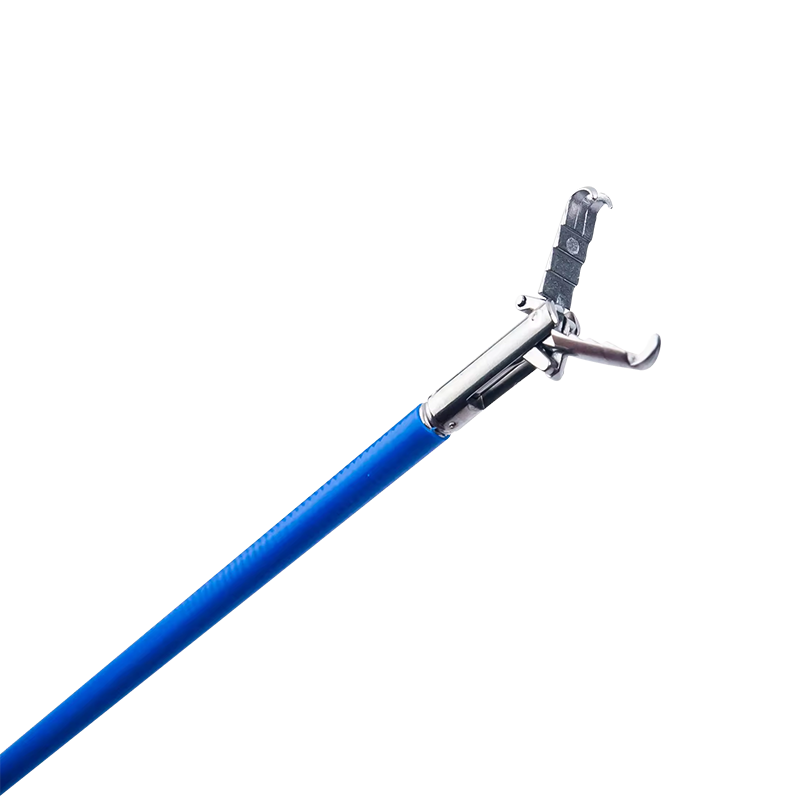Understanding Minimally Invasive Surgical Instruments Minimally invasive surgical instruments are small, specialized tools designed for use in surgeries that require only tiny incisions. They are typically used in procedures such as laparoscopic surgeries, endoscopic treatments, and robotic-assisted operations. These instruments allow surgeons to perform highly complex procedures with greater precision and less disruption to the body compared to traditional open surgeries.
Some commonly used minimally invasive surgical instruments include:
Laparoscopic Instruments: These are used in keyhole surgeries and include cameras, graspers, scissors, and electrosurgical tools.
Endoscopes: Flexible tubes with a light and camera used for visualizing internal structures and conducting procedures like biopsies and resections.
Robotic Instruments: Used in robotic-assisted surgery, these instruments offer exceptional precision and flexibility, allowing for intricate surgeries with minimal incisions.
Benefits to Patients and Healthcare Systems The rise of minimally invasive surgical instruments has brought significant benefits to patients, healthcare providers, and the healthcare system as a whole. These instruments offer several key advantages:
Reduced Pain and Discomfort: One of the most immediate benefits of minimally invasive surgery is reduced pain for patients. Smaller incisions mean less disruption to the body’s tissues, leading to less postoperative discomfort and the need for fewer pain medications.

Faster Recovery and Shorter Hospital Stays: Traditional surgeries often involve longer recovery times, with patients needing to stay in the hospital for extended periods. In contrast, minimally invasive procedures typically result in faster healing and shorter hospital stays, reducing the overall cost of care.
Cost-Effectiveness: Although the initial cost of acquiring minimally invasive instruments may be higher, the long-term benefits include lower hospital costs due to faster recovery times, reduced complications, and fewer days spent in the hospital. This has made MIS an economically viable option for both patients and healthcare systems.
The Future of Minimally Invasive Surgical Instruments As technology continues to advance, the future of minimally invasive surgery looks promising. Innovations such as robotic-assisted surgery, artificial intelligence (AI) integration, and advanced imaging techniques are enhancing the capabilities of minimally invasive instruments. Surgeons are now able to perform more complex procedures with greater ease, and the precision of these instruments continues to improve, offering even better outcomes for patients.
Moreover, there is growing interest in incorporating 3D imaging, augmented reality, and haptic feedback into minimally invasive surgeries. These advancements promise to make surgeries even more precise and provide real-time data that can guide surgeons during complex procedures.

 English
English عربى
عربى Español
Español







